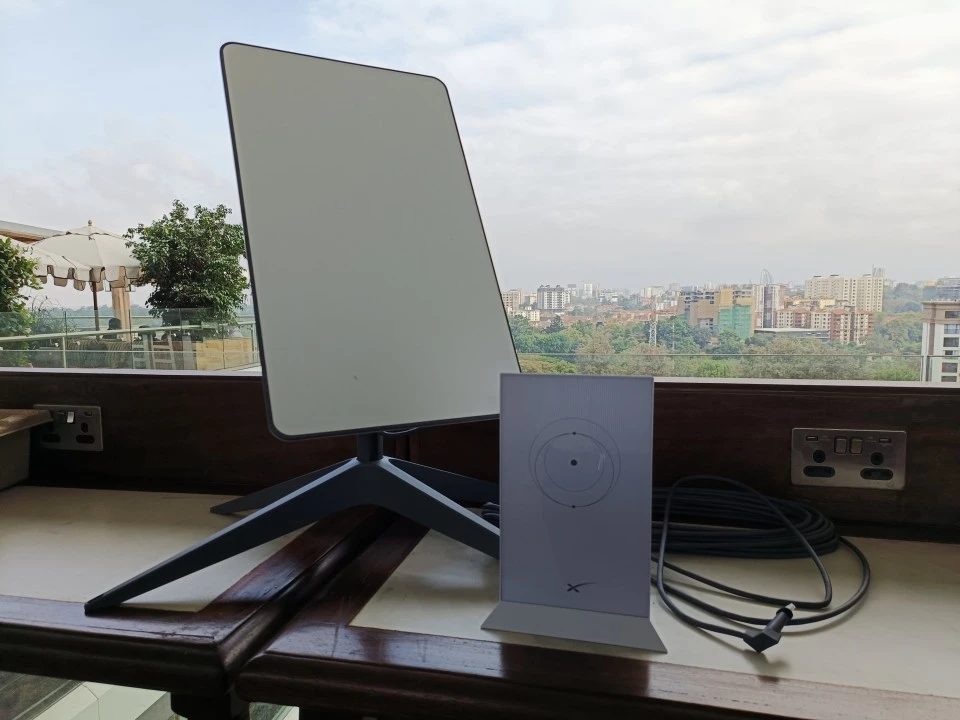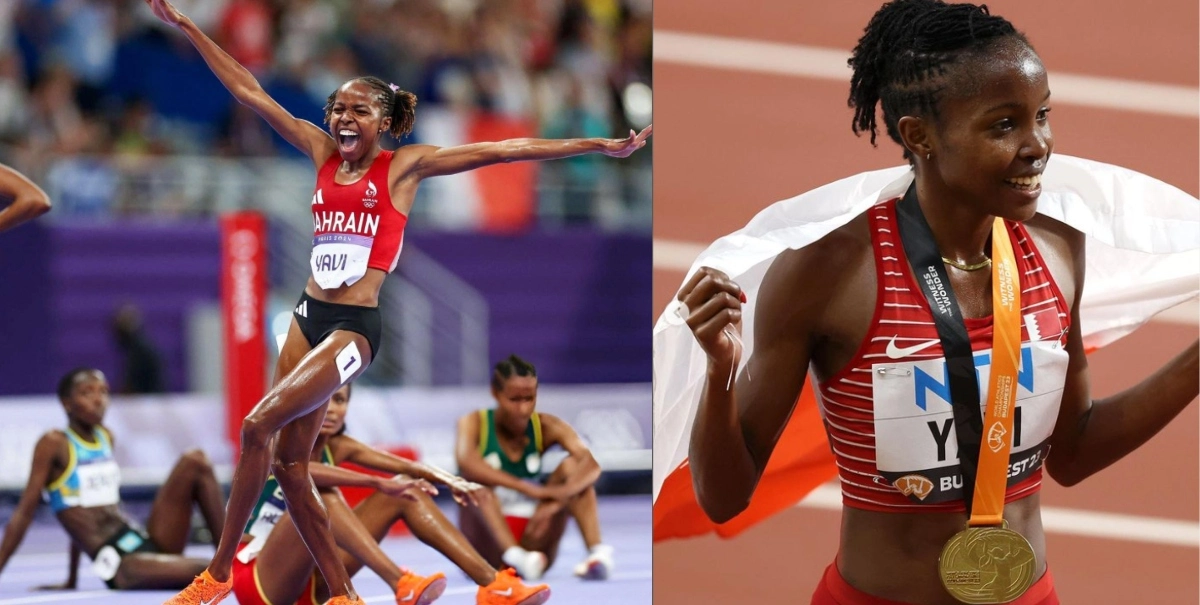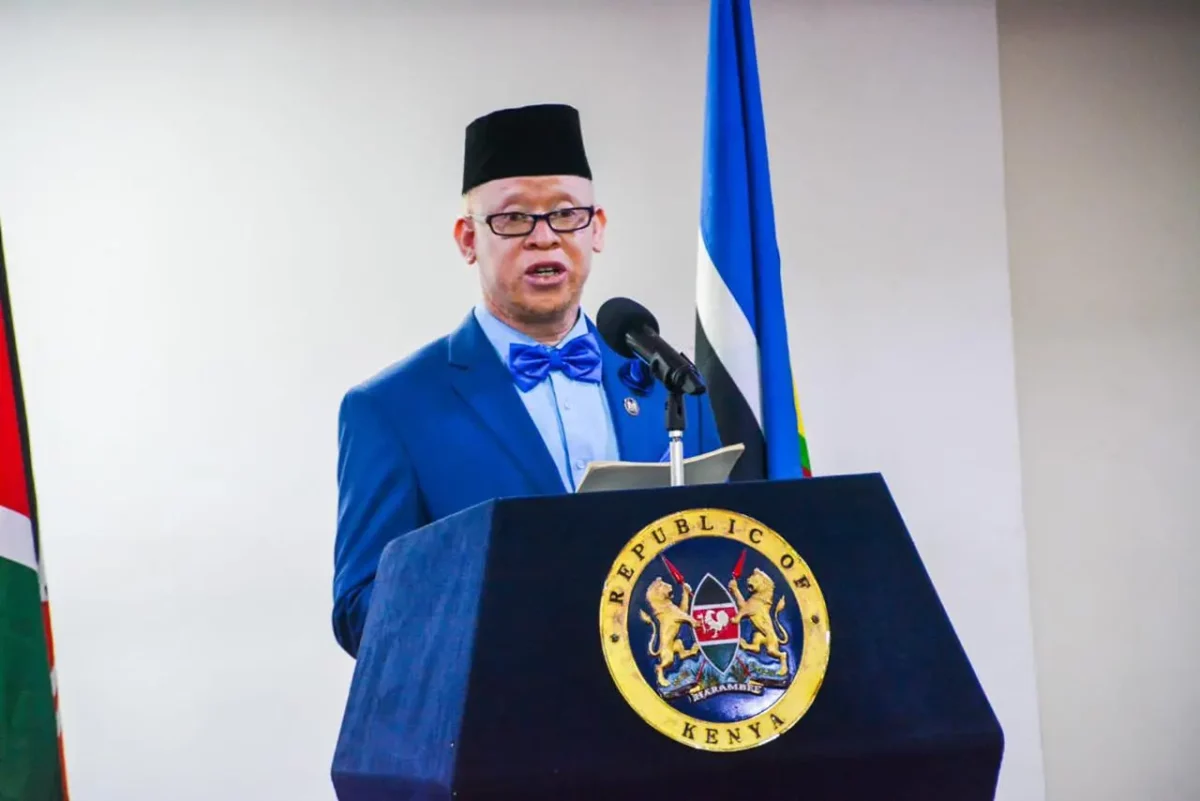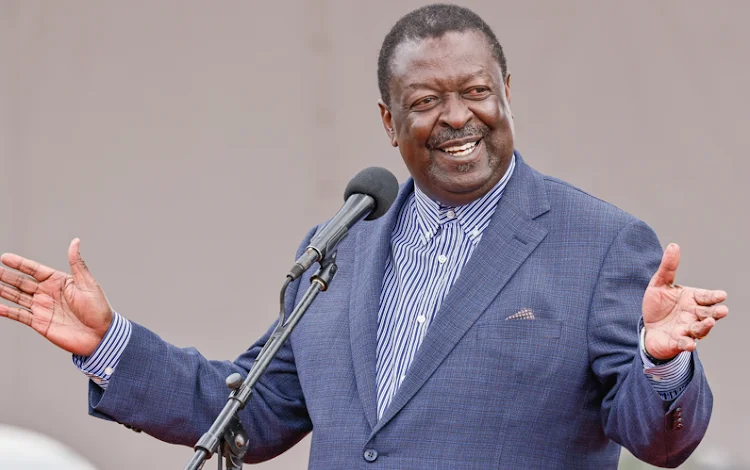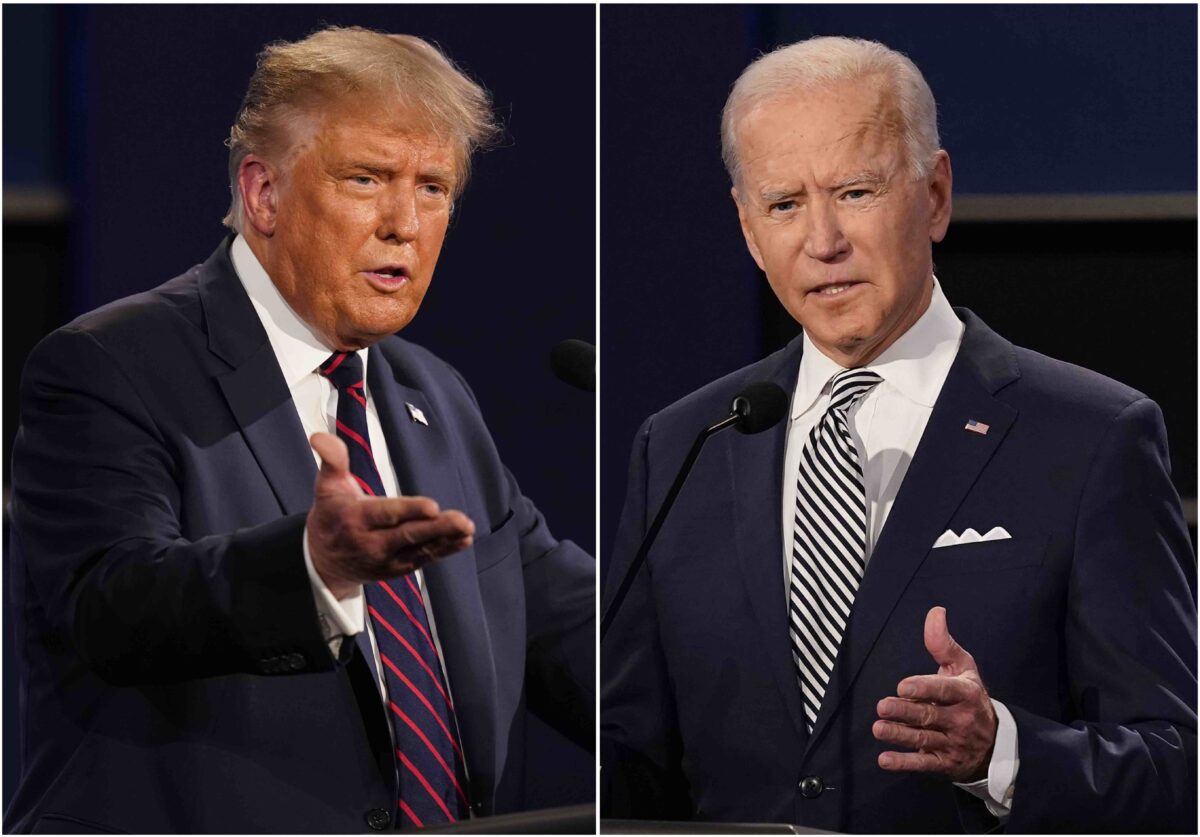In a move that blurs the lines between the past and the future of cinema, the legendary American actor James Dean, who tragically passed away nearly seven decades ago, is set to make a stunning comeback on the silver screen.
Thanks to the power of artificial intelligence (AI), Dean’s digital clone will grace the upcoming science fiction film “Back to Eden,” engaging in lifelike interactions with other actors.
The use of AI to resurrect deceased celebrities has sparked both fascination and concern within the entertainment industry. While some see it as an opportunity to immortalize beloved stars and keep their legacies alive, others fear it may jeopardize the creative freedom of living actors and writers.
![James Byron Dean was an American actor. In a career spanning five years, he is regarded as a cultural icon of teenage disillusionment and social estrangement, as expressed in the title of his most celebrated film, Rebel Without a Cause, in which he starred as troubled teenager Jim Stark.He died on 30 September 1955 [Photo/Courtesy]](https://news.switchtv.ke/wp-content/uploads/2023/07/p0g1l1xg-1200x675.webp)
Susan Sarandon, a prominent actress and activist, is among those voicing reservations.
“AI could make me say and do things I have no choice about,” she cautioned, highlighting the ethical implications of using technology to manipulate an actor’s image and performance beyond their lifetime.
However, James Dean’s digital revival is just the latest in a series of remarkable instances where advanced digital technology and Hollywood magic have seemingly brought stars back to life.
Icons such as Carrie Fisher, Harold Ramis, and Paul Walker have previously reprised their roles posthumously.
![James Dean and other actors resurrected via CGI [Photo/Courtesy]](https://news.switchtv.ke/wp-content/uploads/2023/07/bruce759.webp)
This time, however, the technology goes beyond mere visual appearances.
Dean’s AI avatar can interact with audiences across various platforms, including augmented reality, virtual reality, and gaming, pushing the boundaries of what’s possible in modern entertainment.
Travis Cloyd, CEO of immersive media agency WorldwideXR (WXR), explains the meticulous process behind creating these digital clones.
“To achieve photorealistic representation, countless images of the late star are scanned and tuned to high resolution by a team of digital experts, and then AI is used to bring them to life,” he says.
How AI is changing Hollywood, and why actors may strike over it https://t.co/tX7dSlCQ1E
— Travis Cloyd (@cloyd360) July 18, 2023
While Dean left behind a robust collection of his likeness in film, photographs, and audio, he didn’t have a digital footprint like today’s celebrities.
As technology evolves, some companies are even offering services to create “deadbots” – interactive AI avatars of deceased loved ones – by uploading their digital data.
Despite the excitement surrounding AI-driven entertainment, the questions of posthumous rights and the ethical implications loom large. Who owns the rights to someone’s likeness and persona after their passing? How much control should individuals have over their careers after death?
Erik Kahn, an attorney specializing in post mortem publicity rights of celebrities, points out that legislation is unclear and often differs between states. In some regions, there are no explicit protections for the wishes of dead celebrities.
The situation becomes murkier when it comes to personal use of a deceased person’s image, as there is little legislation in place to safeguard against digital resurrection for such purposes.
Read also: Drones Revolutionize Humanitarian Aid and Disaster Response in Kenya
Tim Friedlander, president of the National Association of Voice Actors (Nava), is concerned that digitally resurrected voice actors could monopolize the industry, eliminating opportunities for living actors.
“We need legislation to protect the rights and careers of actors,” he emphasizes.
While the technology raises ethical dilemmas, Cloyd insists that WXR is committed to addressing these issues proactively and sensitively.
As technology advances, the debate over posthumous rights and AI’s role in the industry will undoubtedly continue to evolve. For now, the entertainment world braces for an extraordinary cinematic experience, with James Dean’s digital clone set to grace the silver screen once more, sparking both awe and reflection on the future of cinema.
Subscribe to Switch TV














